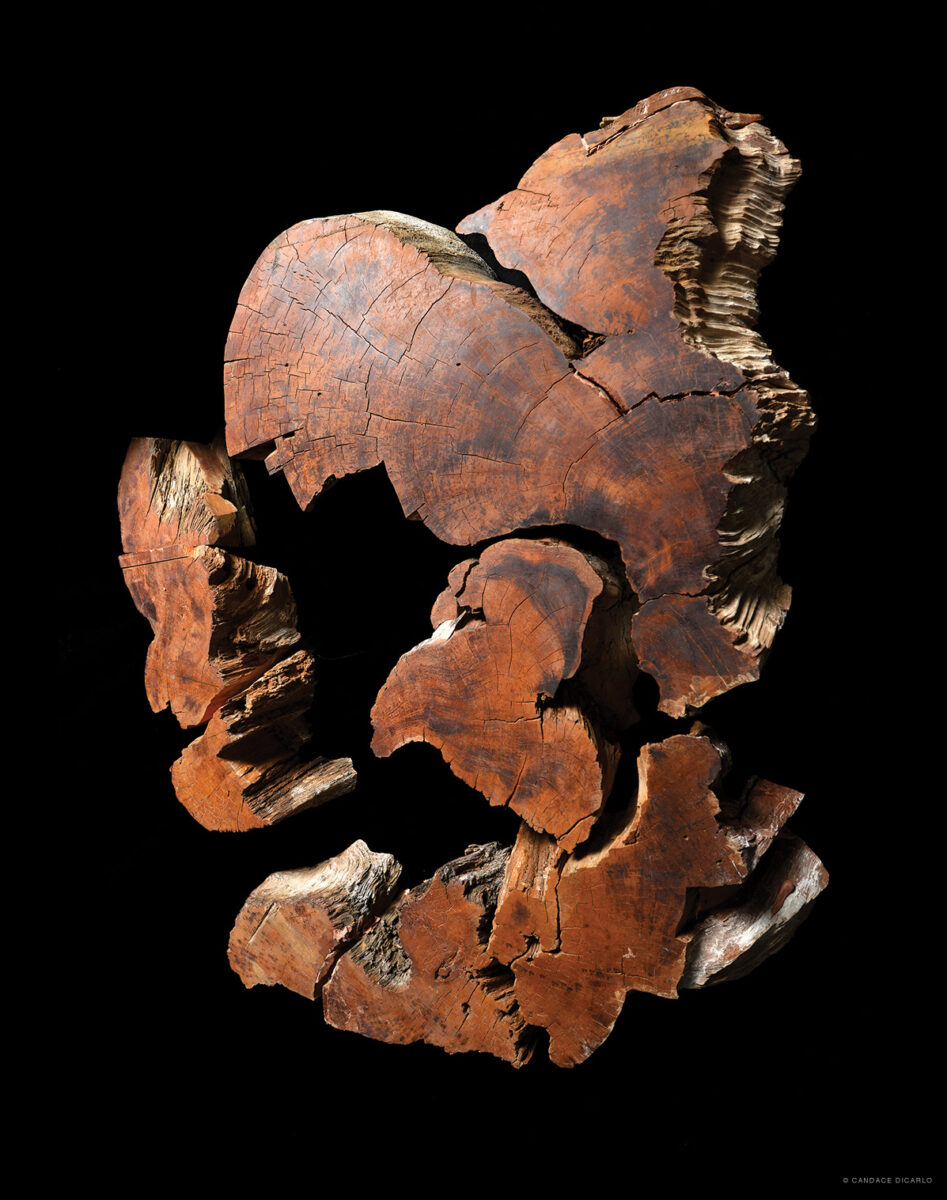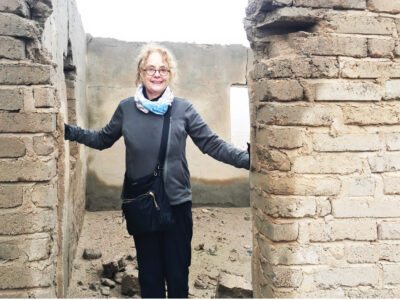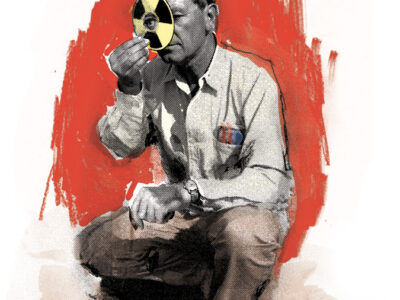
This bristlecone pine slab, housed in the Penn Museum, comes from a California tree that had been growing for about 900 years when Ramesses II reigned over ancient Egypt. Felled in the mid-1950s by dendrochronologist Edmund Schulman, the 4,000-year-old conifer played a pivotal role in the calibration of radiocarbon dating. The analysis of carbon-14 isotopes to estimate the age of organic materials began in 1949, but the method produced disagreements with some well-established dates of Egyptian artifacts. By sampling material from the precisely dateable annual tree rings of pinus longaeva, Henry N. Michael CCC’48 Gr’54 and Elizabeth K. Ralph Gr’73, along with C. Wesley Ferguson of the University of Arizona, developed a scale to correct for discrepancies that were ultimately found to stem from fluctuating concentrations of carbon-14 in Earth’s atmosphere. Using this slab and well-preserved wood samples of still older origin, the researchers created a reliable chronology stretching back to 7,400 B.C.E.




